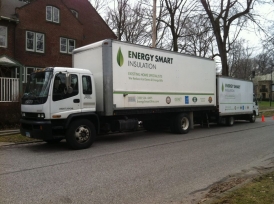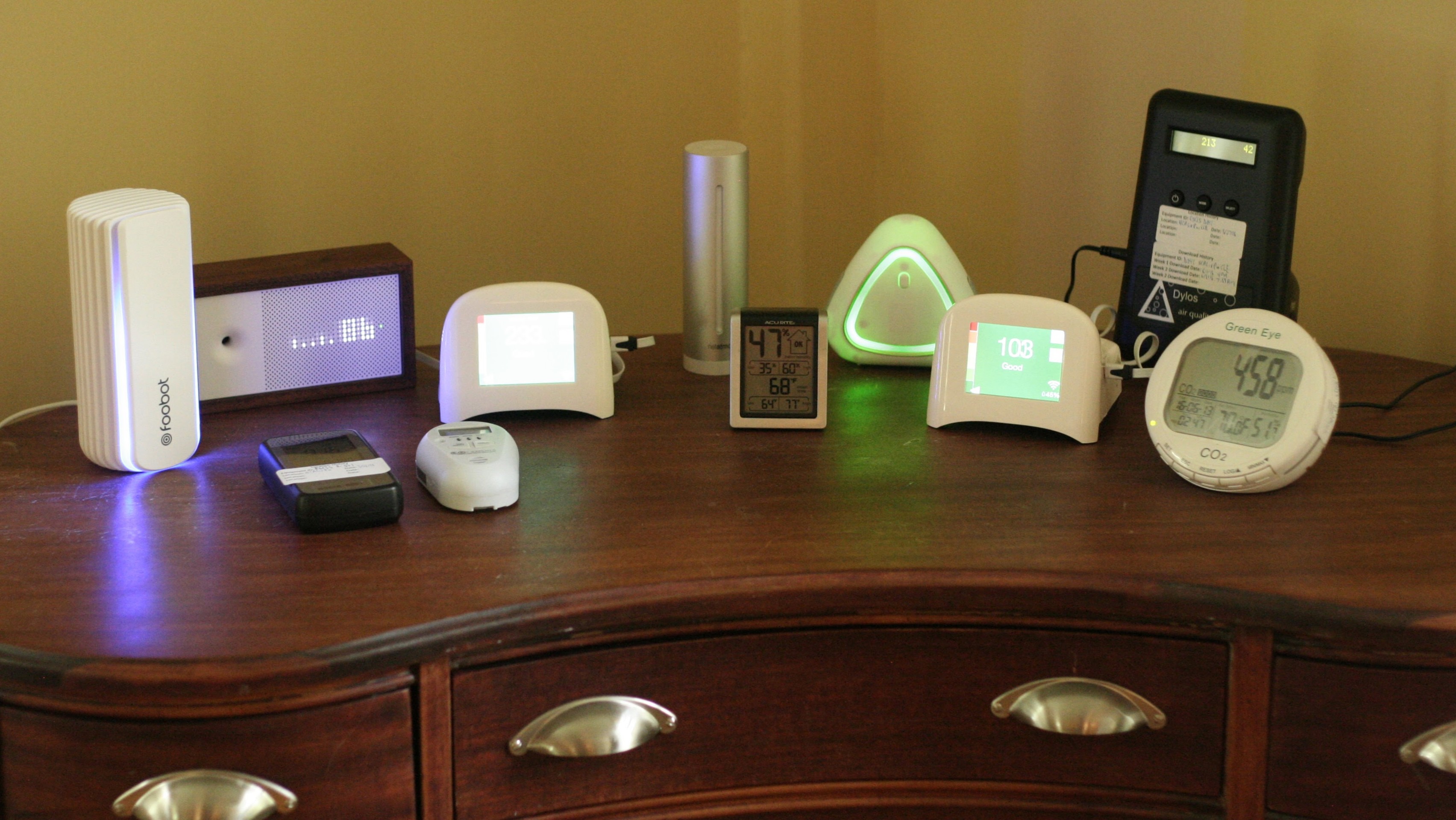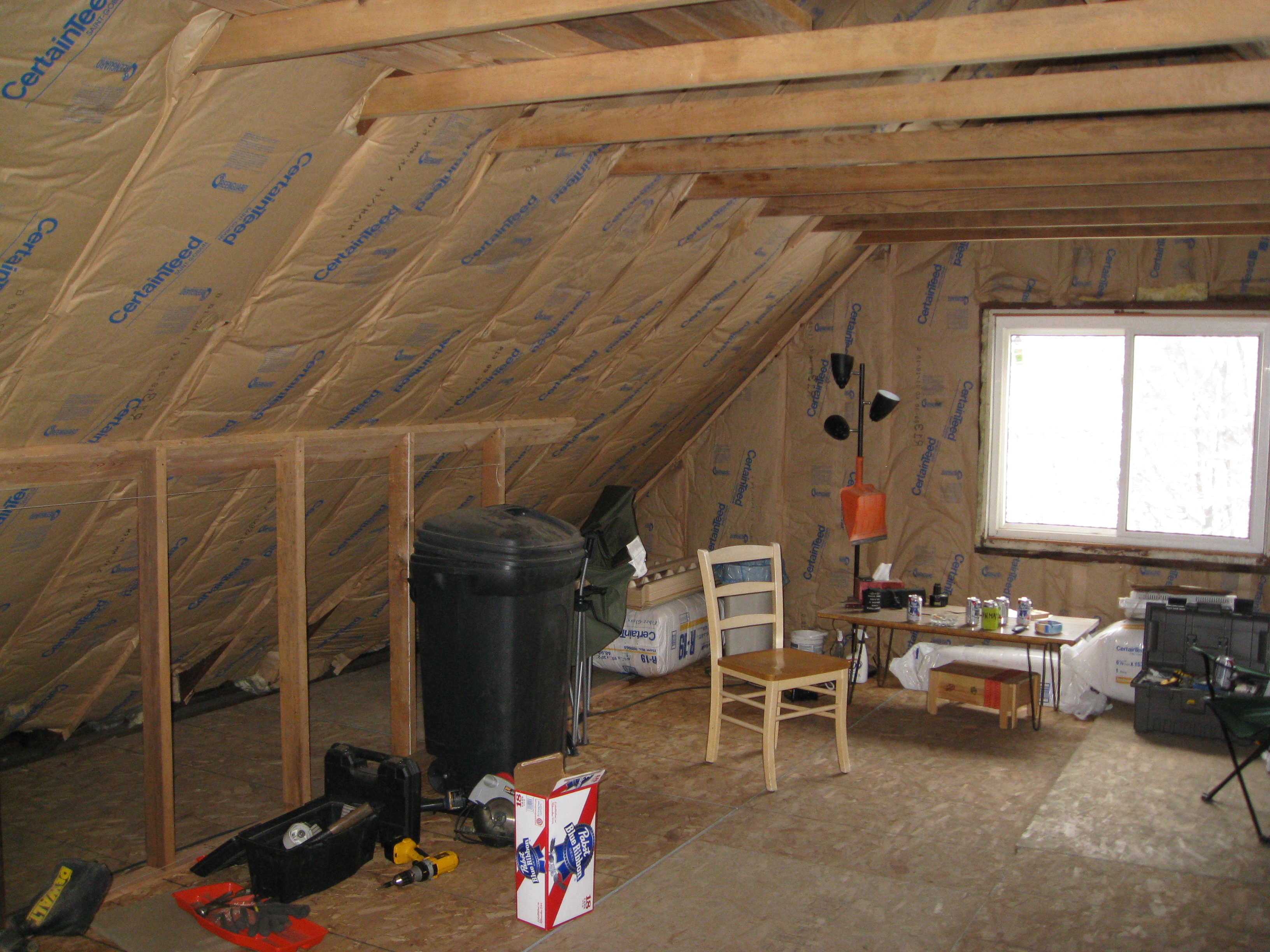1.21 Gigawatts!! Why your ac won’t keep up.

It’s hot again! Perhaps one last time this cool summer. By the time you head for bed, the bedroom is still too warm to fall asleep easily. Don’t blame your air conditioner, it may have a big handicap.
You’re probably also curious what does Back to the Future have to do with not being able to sleep on a hot summer night, or an air conditioner that doesn’t work well?
More than you think, actually.
The Sun and 1.21 Gigawatts
You may have noticed even on a cold, sunny, winter day that you come back to a car with a warm interior after work. That’s the result of about 1000 watts of energy falling on every 10 square feet or so of the earth. (1 square meter, technically, which is about 10 square feet.)
I crunched some rough numbers, and in order to send Dr. Brown’s DeLorean through time, the 1.21 gigawatts, or 1.21 billion watts referenced quite exuberantly by Doc, it only takes about 300 acres of sunlight to collect that.* By the way, 1.21 GW is enough to power about 1 million homes, or most of Cleveland.
300 acres is about 300 football fields, or about 1/2 a square mile. Most towns are in the range of 20-25 square miles. So theoretically, if we gave up about 4% of Solon (which is 20.6 square miles) and collected 100% of the energy, we could send Marty and the DeLorean to any time he wants (as long as it’s a sunny day…)
So why do we care about Marty, Doc Brown and 300 football fields when our house won’t cool down?
Because it illustrates just how much power the sun has to warm up our homes. This time of year, in late summer, we have about 14 hours of sunlight pounding on our homes. From experience working in attics, around 11 AM to 12 PM, you want to get the heck out of the attic, because the temperature is spiking over 100 already. By the end of the work day, attics frequently hit 130-140 Fahrenheit.
All that energy from the sun warms up the building materials in your house as well – the siding, the sheathing, the studs, even the wall insulation (if you have it). Until the sun goes down, your house is absorbing energy, which your AC then has to remove.
How much energy? I’m glad you asked. Let’s take my house as an example. Let’s keep it really simple, and just look at the south facing wall, which gets the most exposure. There are about 700 square feet of walls on the front of my house, which faces south. So in full sun, there is a huge amount of energy, about 23,000 watts on Summer Solstice**, hitting just the south side of my house. Holy cow!
Of course, because my house is light yellow, it reflects much of the radiant energy that is most of the sun’s heat, but still, you can feel it. My bedroom has the largest wall on the south side, so without air conditioning, I can certainly tell the sun has done it’s work when I turn the window fan on around 8 PM to cool the room. The black roof above the room absorbs most of the sun’s energy hitting it, but it doesn’t matter too much because it is well insulated (more on that in a second.) The point is, if your house is a darker color, it will also warm up more from the sun.
This brings me to the next point, shockingly about insulation and air sealing. Come on, you knew I’d get to it…
If there is very little insulation to slow down the transfer of heat into your house from sun, your air conditioner doesn’t have a prayer. The same goes if hot air can leak through from the outside or the attic. It’s the equivalent of being a light skinned Irish guy like me spending a ton of time in the sun without spf 50 sunscreen on. I’m toast.
If your second floor is more than 2-4 degrees warmer than the first, there is quite possibly an issue with lack of insulation and air sealing somewhere. It could also be your AC not working well, but the insulation and air sealing is a more likely place to start.
So before you blame your air conditioner for not working, or not keeping up, blame your insulation first. When the shell of your house performs well (all the parts touching the outdoors), your AC will work much better.*** This interaction is just a part of the discipline of Home Performance, which makes homes a better, more comfortable, healthier, and less expensive place to live. Home Performance needs vary from house to house, so the only way to find out exactly what you need is to call a house doctor, which is what Home Performance practitioners like Energy Smart are. (Check out our quick, 5 minute explanation of Home Performance here.)
So go ahead, give your friendly Home Performance guy a call. (Hint: our number is 330-524-6495.) And tell him Marty and Doc sent you.
Related Articles
Why won’t my AC keep up? A detailed Building Science answer. This article tells you where the heat came from. This one tells you what happens once it’s in the house.
How much does attic insulation cost? A helpful guide.
* To those of you who are curious about the math, I figured 1 square meter is about 10 square feet by multiplying 39.37 inches/meter by 39.37, and then dividing by 144 square inches/square foot. This is 10.76 square feet/square meter. Is it exact? Nope. But it gets us a decent ballpark figure. So 1000 watts fall on 10 square feet, or about 100 watts/square foot. There are 43,560 square feet in an acre. So 1.21 billion watts/100 watts/square foot = 12.1 million square feet. 12.1 million sf/ 43,560 sf/acre = 277.8 acres. Is the 1000 watts/meter exact? Nope, it depends on where on earth you are. So there you go, roughly 300 acres = 1.21 gigawatts. Of course, you can’t actually collect all of that, but your roof and siding collect plenty by the time you get home from work and your upstairs in boiling!
** This has turned into a math-heavy post! In the summer, the sun is high in the sky. At Cleveland’s latitude, about 41 degrees, the sun is at a 71.5 degree angle overhead. A right angle triangle with angles of 71.5 and 18.5 degrees has side lengths of .33, .95, and 1. The 1 is 100% of the sun’s energy. Only about 33% of the sun’s energy actually hits the side of the house, and that’s if there’s no shade, which there is. So theoretically 700 square feet x 1000 watts/square foot x .33 of solar energy actually hitting the wall (also ignoring the large overhanging soffit) = 23,000 watts. So no, my house doesn’t actually get hit with that much. But yours might. I haven’t done trig in years! Thankfully the internet makes it just a Google search away…
*** Although if it’s oversized, it causes other problems…
Back to the Future image from AdamL212 under Creative Commons License.
Get the HVAC Guide

It's free! Make buying a new furnace, air conditioner, or heat pump less stressful.










